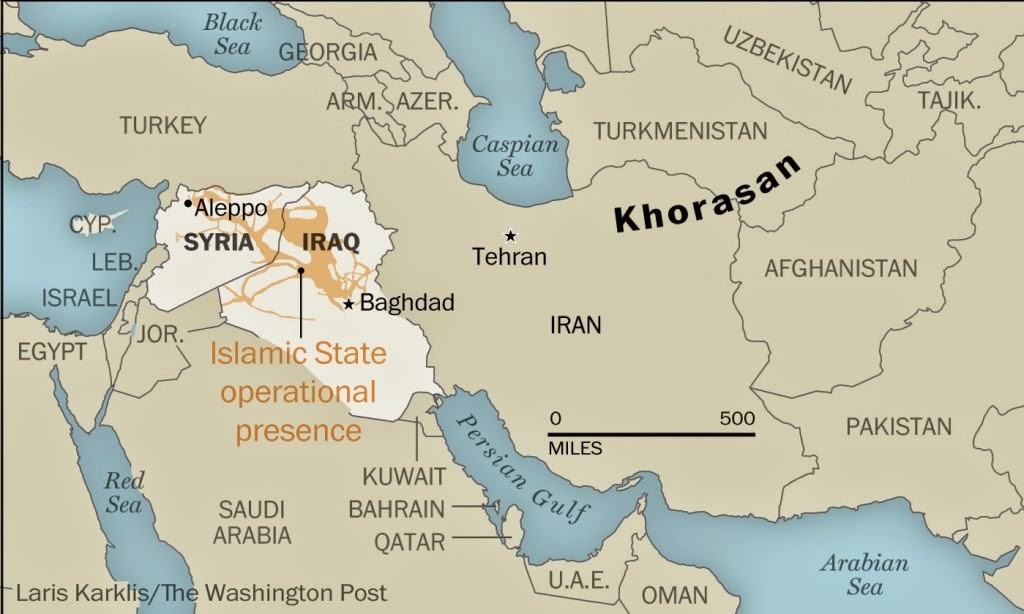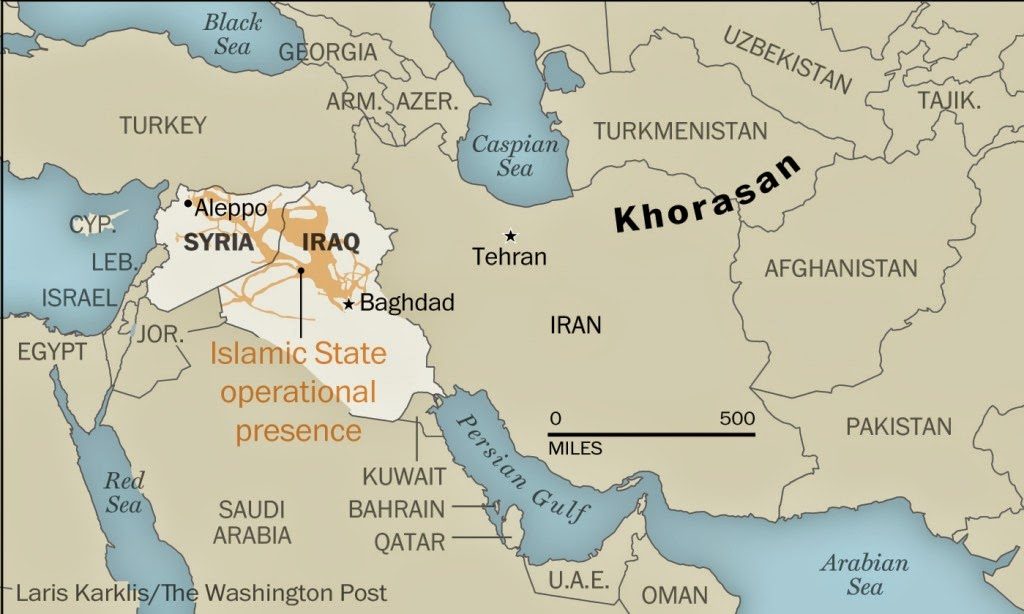Sun,” a reference to its eastern location…..
…
…
These days people are engaged in branding exercises in order to foster some or other group identity.
The trick is to build up a platform that has some basis in culture and in history and try to shoe-horn your agenda in a manner that makes it acceptable to a substantial fraction of elites and sub-alterns.
As an example consider the two principal sub-continental politico-social-cultural brands: Hindutva and Islam. For the record, we are not a fan of either brand because we consider religion to be a divisive force and that in our opinion it should be banished from the public square.
What is the Hindutva agenda and how is it helpful towards brand building? Take a specific example: the movement to protect cows (and as an extension promote vegetarianism). The cow occupies a special place in the Hindu pantheon, especially the association with Krishna and the Yadava clan (even in modern day Mumbai the milk supply chain management in our colony as well as many others is a Yadava monopoly).
For the recent Lok Sabha polls Amit Shah deployed this save the cows strategy to weaken the Muslim-Yadava alliance in Bihar. Perhaps due to this (as well as many other factors), Lalu Yadav lost, big time (he is back on his feet again, having set up a grand alliance with Nitish Kumar and the Congress).
….
It is surprising (to us) how potent the humble cow is, as a symbol. The liberal-lefties sneer at such “backward sentimentality,” claiming (with some justification) that ancient Vedic people used to relish eating cows (and horses and many other animals).
As is usual, in their arrogance, the liberals miss the wood for the trees. The point is that Hinduism has evolved, many violent practices like sacrificing bulls and goats is now frowned upon. This year, a major theme in Kolkata is a non-violent Durga. According to devotees, the slaying of the Mahish-asura is merely symbolic, what counts is the killing of the demons within us.
Such symbolism allows Hinduism to build bridges within the fold (with Vaishnavites) and without (with Jains) and this evolution contributes to the endurance of Hinduism as a philosophy even in the age of democracy.
Shiva and Parvati are not Vedic gods, let alone the idol of the sub-alterns – Kali. Yet, they have been brought within the fold and now a majority are followers of the power couple (and their son Ganesha).
Not eating cows (and vegetarianism) is also frequency wise well matched with the modern day religion of environmentalism. There is yet no vegetarian culture as deep rooted and mass based anywhere else in the world. Without becoming as austere as the Jains (even roots and tubers are forbidden), Hinduism is the next best house for vegetarians.
Politically, also cow protection is good for branding because the main competitor (Islam) has little to say (doctrinally or otherwise) about vegetarianism (even though there are muslim vegetarians…in India). If we were a Hindutva brand manager we would run a high-profile campaign on pig protection as well – after all one of the ten avatars of Vishnu is the Varaha – but the situation here is a bit complicated. Muslims do not eat pigs because they are sacred, the consideration is that pigs are “unclean” (and so are dogs).
Still a campaign on the basis of vegetarianism can help unite a large section of Hindus and non-Hindus, elites and the masses. Even committed irreligious, non-vegetarians like ourselves may not object to a less-meat and eventually meat-less society (from a sustainability standpoint). After all there is a proposal to have meat less Mondays in the USA (and being fiercely opposed by Big Food). There is every indication that vegetarianism will become mainstream in the next few decades in the West.
When it comes to Islam there is one solid advantage and one strong disadvantage. Islam dictates that we are all equal before Allah, hence no to caste system and it forbids idolatry, now enforced much more strictly than in the past. Unfortunately, muslims in South Asia have not been able to leave the bounds of caste, Ashrafs (like other elites) continue to impose the 80:20 rule. Also, Indians are strongly in favor of idolatry, this includes Sikhs and Buddhists (where idolatry is doctrinally forbidden). After six decades of partition it may be easier for Pakistanis (less so for Bangladeshis and even less for Indian muslims) to bury the vestiges of a culture replete with references to idolatry.
For these reasons above we feel that while Brown Muslim is a powerful brand, it will gain momentum in the sub-continent only when Pakistan and Bangladesh agree to create a social, economic and cultural union (political re-union may not be possible or necessary). The key compromise is that Bangla and Urdu are to be`placed on an equal footing. Our opinion is that it will take many decades before Punjabis agree to this (but we may be wrong).
Moving away from South Asia we now focus on the age-old Khorasan brand and its implications for the Middle East. From the Washington Post we have this:
…
After the region was taken over in an Arab
conquest in the 7th century, Khorasan became a part of the Umayyad
Caliphate, and with that, part of early Islamic culture. Notably, a widely
discussed (though
disputed) Hadith speaks of how “black banners will come out of
Khorasan” in the end times. Will McCants of the Brookings Institute notes
that the prophecies derive from the 8th century Abbasid revolution, a
revolution that began in Khorasan and saw the end of the privileging of
Arabs over non-Arabs in the Islamic empire
…
As an outsider we remain puzzled by this move. The Caliphate Brand has proven to be highly successful, people from the world over are joining the ranks of the Daesh. If anything the Khorasan brand will dilute the appeal of the Caliphate and will also highlight the reality of non-Arab cliques. Will the dominant Arabs tolerate such brand dilution?
OTOH it may well be the case that with a diversified brand (much like sister companies) there will be greater buy-in from the common people (who may not be all Arabs, now and in the future). Such a step may prove to be helpful in recruiting warrior men (and women devoted to such men) from Greater Khorasan. Only time will tell if this is a net positive for the Islamist brand.
….
What’s in a name? When you’re an Islamist extremist group believed to
pose an existential threat to the Western world, everything. In the past few
months, we’ve seen the strange and somewhat revealing saga of what to call the
group alternatively referred to
as ISIS, ISIL, the Islamic State and Daesh.
…
Now, within a timeframe of just days, the Islamic State has been sidelined
by a new name in the world of Islamic extremism: “Khorasan.”
U.S. officials say that Khorasan, often referred to as “the Khorasan
group,” is a small al-Qaeda linked outfit operating in Syria.
They are portrayed as a more direct threat to U.S. interests than the Islamic
State, which is still largely focused on operations in Syria and Iraq. U.S. officials say that their strikes against Khorasan appear to have been a
success, killing the group’s leader, Mushin al-Fadhli.
…
However, some
analysts are perturbed by the lack of information about the group and why it
was targeted. Even an examination of one of the most basic elements of the
group – its name – paints a complicated and inconclusive picture of
what the group actually is, and why it is being targeted.
…
As most reports on the group have noted, Khorasan refers to a
historical region that encompassed northeastern Iran,
southern Turkmenistan and northern Afghanistan. It was established as
a region by
the Sasanian dynasty, the last Iranian empire before the rise of
Islam, at some point in the 3rd century. Its name literally means “The
Land of the Sun,” a reference to its eastern location.
…
After the region was taken over in an Arab conquest in the 7th century,
Khorasan became a part of the Umayyad Caliphate, and with that, part of
early Islamic culture. Notably, a widely discussed (though
disputed) Hadith speaks of how “black banners will come out of
Khorasan” in the end times.
…
Will McCants of the Brookings Institute notes
that the prophecies derive from the 8th century Abbasid revolution, a
revolution that began in Khorasan and saw the end of the privileging of
Arabs over non-Arabs in the Islamic empire.
…
Over the years, the Khorasan region had a fractious history, and
was eventually swallowed up by a variety of different states. A part of
Khorasan eventually became Khorasan state in modern Iran, and “Greater
Khorasan” is generally used to refer to the larger historical region.
In part due to its place in Islamic history, the term Khorasan is used by
modern Jihadist groups, especially those based outside Arab states.
…
The
online magazine of al-Qaeda in Afghanistan is called “Vanguards of
Khorasan,” for example, and J.M. Berger, an independent terror analyst,
says that al-Qaeda has often signed its communiques as emanating from Khorasan
over the years.
…
“Jihadists deny the legitimacy of most modern nation states; they
prefer using historical terms, typically the ones that were used during the
time of the great Caliphates (which is obviously what they want to go back
to),” Peter Neumann, director of the International Centre for the
Study of Radicalization, explained in an e-mail.
..
In particular, the hadith mention gives the reference added
power. “The symbology of this has been important for jihadis since
the so-called black banners being raised in Afghanistan, which is part of
Khorasan, in the ’80s against the Soviets until now,” Aaron Zelin of
the Washington Institute for Near East Policy
said, adding that Islamic apocalyptic literature has
become a central theme for some jihadist groups fighting in the Middle East.
….
Link: washingtonpost.com/khorasan
…
regards

